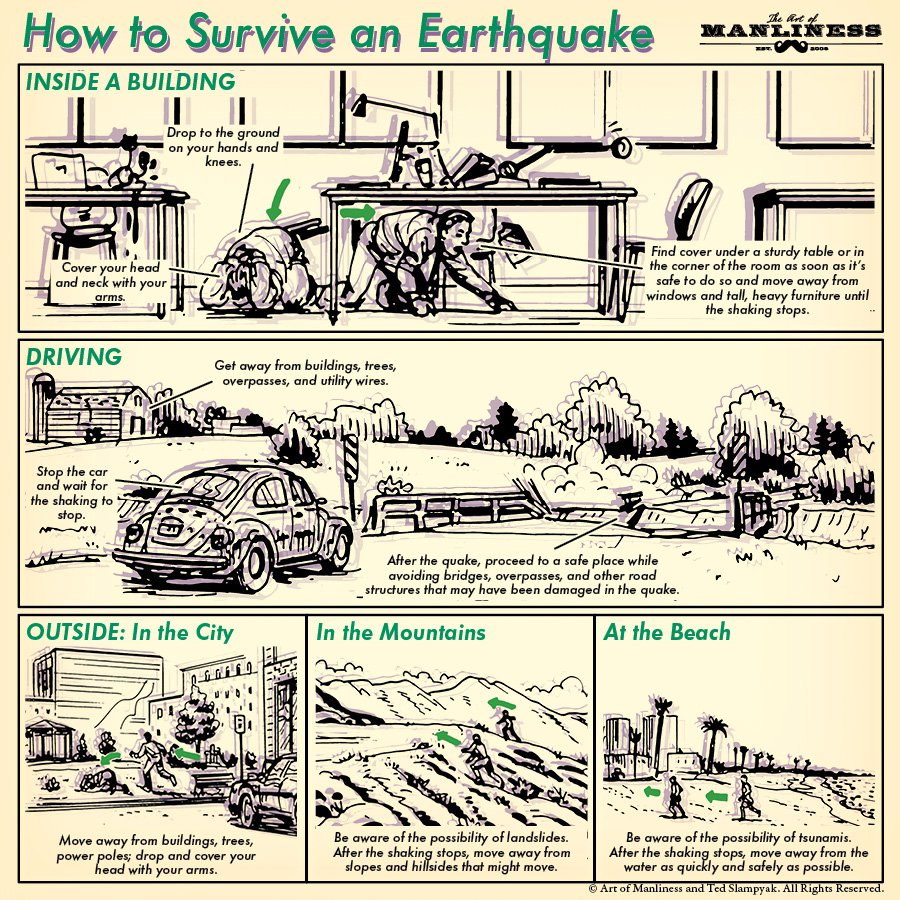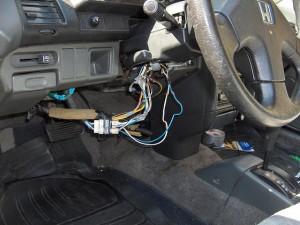The Gulf Coast and East Coast have hurricanes, the Midwest and South have tornados, and the West Coast faces tsunami threats. No area of the country is without their own special brand of natural disaster to worry about. Earthquakes, however, span state lines, cross mountain ranges, and traverse climates. With the increased practice of deep wastewater disposal in the oil and gas industry, even the typically stable Midwest and central areas of the country are seeing an exponential rise in the number of earthquakes strong enough to get your house shaking (e.g., before 2009 there were an average of two magnitude 3+ earthquakes in Oklahoma; last year there were 907).
Surviving an earthquake starts far before the tremors begin, with careful preparation and planning. You should have enough food and water (a gallon per person per day) to last a minimum of three days, and communicate to friends and family where to meet and how to contact each other after an earthquake, assuming phone lines and electricity are down. Finally, take time to go through your house and secure tall, heavy pieces of furniture and appliances that might topple over. After an earthquake, be prepared to experience powerful aftershocks, and try to get to an open area as soon as it’s safe to do so. During an earthquake, the best survival techniques depend on your surroundings, so heed the tips above.
Illustration by Ted Slampyak


